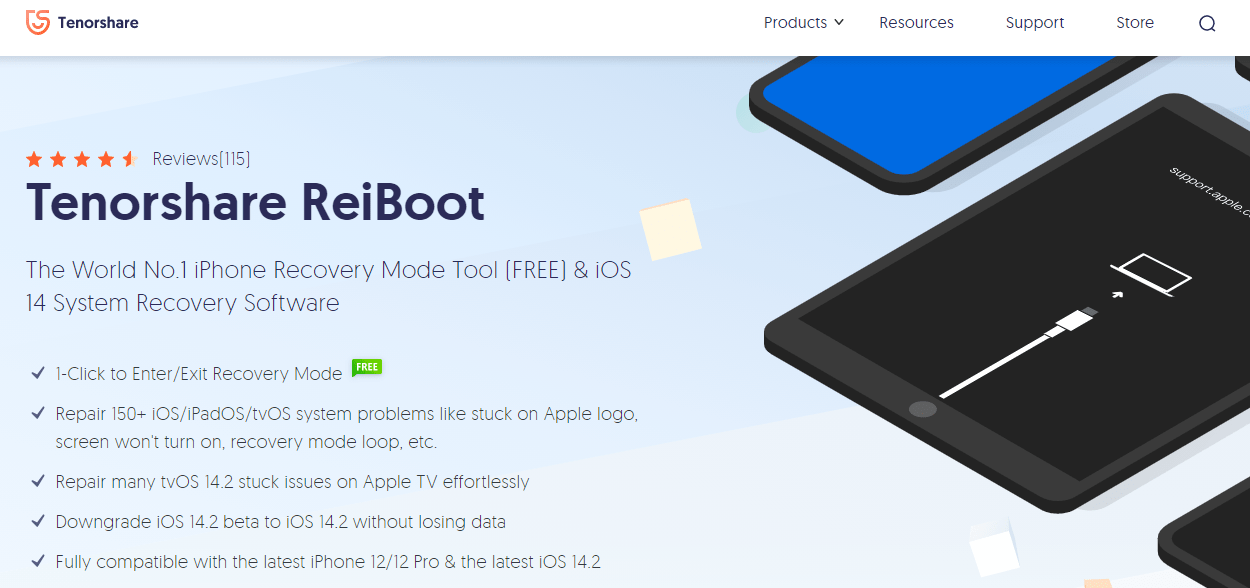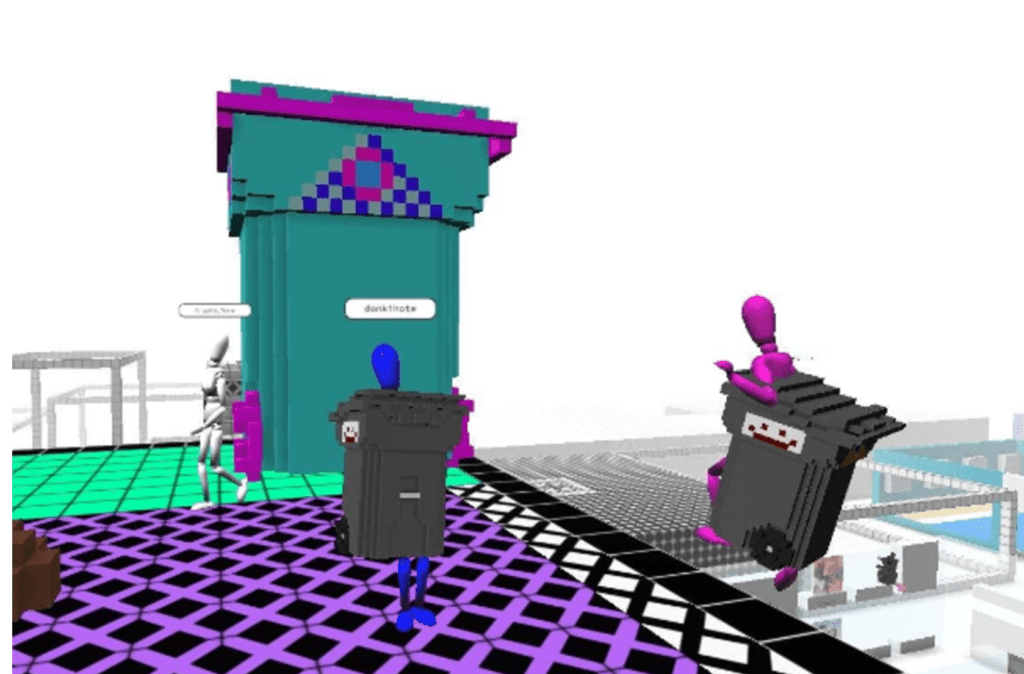
We Got Everything
You Are Searching For!
SUCCESS STORIES




We Got Everything You Are Searching For!
- Find profitable niches easily
- Find profitable niches easily
- Discover easy to rank for keywords
- Discover easy to rank for keywords

Latest Blogs
New From AffiliateBay
We help you keep up with articles featuring in-depth reviews, expert insights, and exclusive tips on the latest affiliate marketing strategies, tools, and trends.
How to Pitch for Guest Blogs?
SEO Friendly Pagination 2024: Best Practices To Be Followed
9 Best Legal Affiliate Programs In 2024 To Earn Passive Money

5+ SEO Tactics To Boost Organic Traffic & Rankings In 2024

What Are Anchor Texts 2024? How To Write A Good Anchor Text?
Guides
Turning your ideas into reality means working on the technical parts. This is when your blog really starts to come together.
Affiliate Programs
Here are the lists of best affiliate programs that you can join and monetize your website as per your niche.
Popular Niche Business Tools
Semrush

5/5
SEMrush is a comprehensive SEO and marketing tool for research, analytics, and optimization of online strategies.
Jungle Scout

5/5
Jungle Scout is an essential Amazon seller tool for product research, tracking, and data-driven decisions to boost sales.
Bright data

4.9/5
Bright Data is a versatile web data collection platform for businesses, providing reliable and ethical data harvesting solutions.
Thinkific

5/5
Thinkific is a user-friendly online course creation and management platform empowering educators to monetize their knowledge effectively.
Explore More Categories
Take The 28 Day SEO Challenge Now
Steal Your
SEO STRATEGY
Download my 2x intelligent spreadsheets to steal your competitors SEO strategy now!
Take The 28 Day SEO Challenge Now
The 7 Day Ecommerce SEO Strategy To Increase Your Search Traffic!
Download my 2x intelligent spreadsheets to steal your competitors SEO strategy now!
What Our Readers Say About Us...



Hi, from AffiliateBay Team
We’re a team that runs successful affiliate websites, and we’re here to share what we’ve learned. Our team shares practical tips and advice for successful affiliate marketing based on our experience in running affiliate websites. We review various products and services, providing unfiltered opinions to help you make informed purchasing decisions.

POPULAR CONTENT
Browse Our Categories

HOSTING
Looking for a new web hosting? Now save a great deal of money using our special coupon codes and deals on the most popular hosting platforms.
EDUCATION
Learn about the top online courses and test preparation. Explore the best deals and honest reviews of popular education platforms and courses.
SOFTWARE COUPON
Get today’s best deals and offers on popular software, services, and online platforms. Save BIG with our new updated coupons.
REVIEW
Explore the word of latest technology with help of our in-depth guides on trending gadgets and tools.The Best Of Affiliatebay


Copy.ai Review 2024: Is It Really A Good Copywriting Tool? (Features, Pricing, Pros & Cons)
Updated on: August 11, 2023
Teachery Review 2024: Is It The Best Platform For Selling Digital Courses?
Updated on: August 4, 2023
Sellix Review 2024: Is It The Best Way To Sell Digital Goods Online?
Updated on: September 16, 2023
LPagery Review 2024: Bulk Create Pages in WordPress
Updated on: December 13, 2023
GetEmail.io Review 2024 – Is It The Best Email Marketing Tool?
Updated on: September 15, 2023

How To Build Affiliate Marketing Website 2024– 10 Step Detailed Guide
Updated on: January 17, 2024
RollerAds Review 2024: New Push Advertising Network (Try It)
Updated on: August 4, 2023
12+Best Recurring Affiliate Programs In 2024– Earn Passive Income
Updated on: February 9, 2024
Best Sporting Goods Affiliate Programs 2024 To Make Money
Updated on: June 29, 2023
15 Affiliate Marketing Examples For Businesses To Draw Inspiration From
Updated on: February 3, 2024
Is Affiliate Marketing Still Worth in 2024? Can You Really Make Money With Affiliate Marketing?
Updated on: January 13, 2024

DreamHost Pricing Plans 2024 | How much is DreamHost Monthly?
Updated on: June 3, 2023
Top 9+ Bigrock Hosting Alternatives 2024
Updated on: August 21, 2023
EasySpace Pricing 2024– Choose Perfect Plan For Hosting!
Updated on: August 21, 2023
Inmotion Hosting Pricing | How much does InMotion cost?
Updated on: September 4, 2023
HostingRaja Review In Detail 2024– Features & Pricing Worth it ?
Updated on: July 17, 2023
eUKhost Review 2024: Could This Web Host Be Underrated?
Updated on: August 10, 2023

9 Best Crypto Ad Networks in 2024: Best Crypto Traffic Sources
Updated on: August 9, 2023
Leadbit Review 2024 : Is It A Legitimate CPA Ad-Network?
Updated on: June 11, 2023
TheFellasAds Review 2024: Best Performing Affiliate Network?
Updated on: July 26, 2023
RollerAds Review 2024: New Push Advertising Network (Try It)
Updated on: August 4, 2023
Zeropark Review 2024 – Best Ad Network With Easy UI?
Updated on: September 8, 2023
Zpush.biz Review 2024: Best Push Notification Advertising Network?
Updated on: November 18, 2023

How To Promote Your Blog In 2024?- Verified First-Hand Tips & Tricks
Updated on: June 8, 2023
What Exactly Is Trash Art?- The Beginnings Of A Crypto Art Movement In 2024
Updated on: August 15, 2023
100+ Best Fashion Blog Name Idea 2024: Best 5 Tips & Tricks For Making Your Blog Name Popular
Updated on: August 16, 2023
Top 20 Best Email Marketing Blogs 2024: Your Guide to Email Marketing Success!
Updated on: July 4, 2023
Top 7 Frugal Blogs to Follow to Save More And Spend Less In 2024
Updated on: August 9, 2023
How Much Does It Cost to Start a Blog in 2024 ? Create a Unique & Beautiful Blog
Updated on: June 5, 2023We have been featured on










